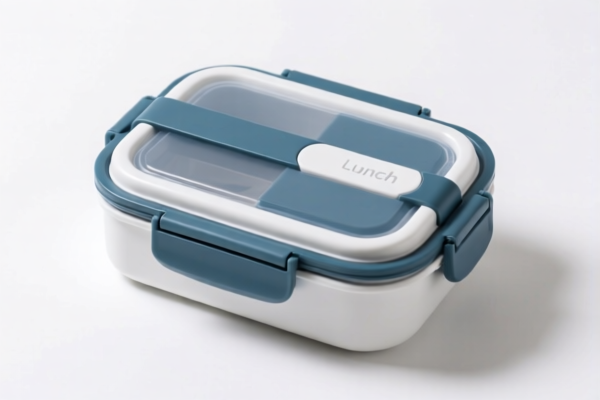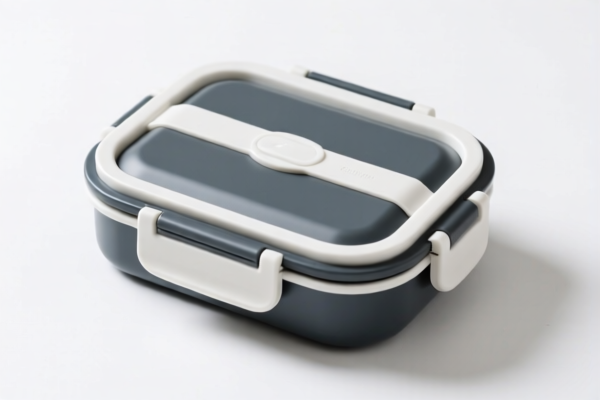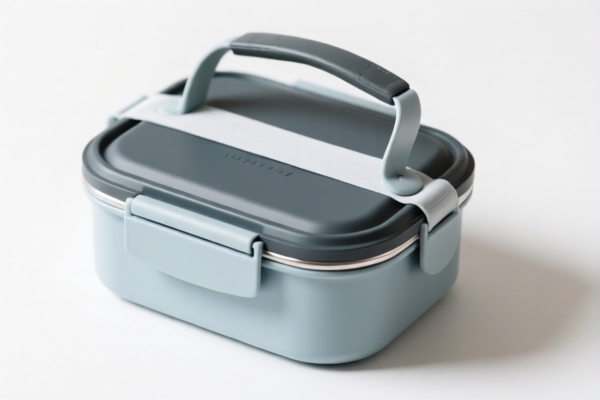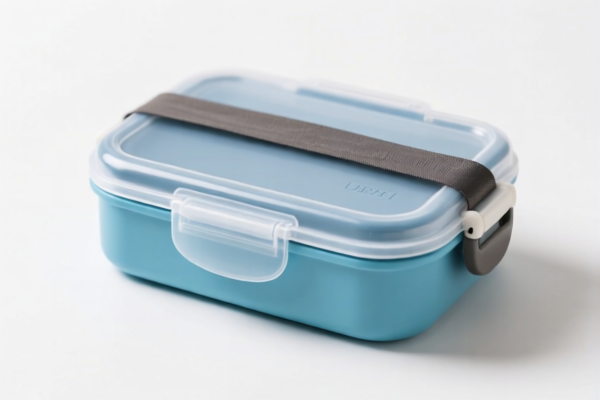| HS Code | Official Doc | Tariff Rate | Origin | Destination | Effective Date |
|---|---|---|---|---|---|
| 7013492090 | Doc | 60.0% | CN | US | 2025-05-12 |
| 7020006000 | Doc | 60.0% | CN | US | 2025-05-12 |
| 7020003000 | Doc | 55.0% | CN | US | 2025-05-12 |
| 7115906000 | Doc | 59.0% | CN | US | 2025-05-12 |
| 7115903000 | Doc | 58.9% | CN | US | 2025-05-12 |
| 9620005000 | Doc | 60.3% | CN | US | 2025-05-12 |
| 9620005500 | Doc | 58.3% | CN | US | 2025-05-12 |
| 9617006000 | Doc | 37.2% | CN | US | 2025-05-12 |
| 9617001000 | Doc | 37.2% | CN | US | 2025-05-12 |
| 3923300090 | Doc | 58.0% | CN | US | 2025-05-12 |
| 3923900080 | Doc | 58.0% | CN | US | 2025-05-12 |
| 3924104000 | Doc | 33.4% | CN | US | 2025-05-12 |
| 3924102000 | Doc | 44.0% | CN | US | 2025-05-12 |
| 7323993000 | Doc | 63.2% | CN | US | 2025-05-12 |
| 7323995030 | Doc | 55.0% | CN | US | 2025-05-12 |
| 7326908688 | Doc | 82.9% | CN | US | 2025-05-12 |
| 7326903500 | Doc | 87.8% | CN | US | 2025-05-12 |
| 4202995000 | Doc | 62.8% | CN | US | 2025-05-12 |
| 4202921000 | Doc | 58.4% | CN | US | 2025-05-12 |
| 4205008000 | Doc | 55.0% | CN | US | 2025-05-12 |




Folding Lunch Box
A folding lunch box is a reusable container designed for transporting food, characterized by its collapsible or compactible structure for convenient storage when not in use.
Material:
- Silicone: A common material due to its flexibility, heat resistance, and food-grade safety. Often used for the entire box or as a sealing component.
- Plastic (Polypropylene - PP): Lightweight and durable, typically used for the rigid structural components of the box. Food-grade PP is essential.
- Stainless Steel: Used for inner containers or as a reinforcing element, offering durability and resistance to staining.
- Fabric (Polyester, Canvas): Frequently used for outer sleeves or carrying cases, providing insulation and protection.
Purpose:
The primary purpose is to provide a convenient and reusable alternative to disposable lunch containers. They aim to reduce waste, offer portability, and simplify food storage.
Function:
- Collapsible/Foldable Design: The core feature, allowing the box to expand for use and collapse for compact storage. Mechanisms vary, including folding sides, telescoping designs, or flexible materials.
- Leak-Proof Sealing: Important for preventing spills. Often achieved through silicone gaskets, tight-fitting lids, or secure locking mechanisms.
- Food Preservation: Some designs incorporate insulation to maintain food temperature.
- Easy Cleaning: Typically dishwasher-safe or easily hand-washable.
Usage Scenarios:
- Work/Office: Transporting lunch to work.
- School/University: Carrying meals to school.
- Picnics/Outdoor Activities: Convenient for transporting food on outings.
- Travel: Useful for packing snacks or meals during travel.
- Camping/Hiking: Lightweight and space-saving for outdoor adventures.
Common Types:
- Silicone Folding Boxes: Entirely made of silicone, offering flexibility and ease of cleaning. Often feature a simple folding mechanism.
- Plastic with Silicone Seal: Utilize a rigid plastic structure with a silicone gasket for leak-proof sealing.
- Multi-Compartment Folding Boxes: Include separate compartments for different food items.
- Insulated Folding Boxes: Incorporate insulation layers to maintain food temperature.
- Expandable/Telescoping Boxes: Feature a telescoping design for adjustable volume.
- Bento-Style Folding Boxes: Designed with multiple small compartments, common in Asian cuisines.
Based on the provided information, a folding lunch box can be classified under several HS codes, depending on its material composition. Here's a breakdown:
- 3923300090: This code covers articles for the conveyance or packing of goods, of plastics; stoppers, lids, caps and other closures, of plastics – specifically, carboys, bottles, flasks and similar articles. If the folding lunch box is made of plastic, this is a relevant classification. The two-digit sections mean:
- 39: Plastics and articles thereof.
- 23: Plastics articles for the conveyance or packing of goods.
- 30: Carboys, bottles, flasks and similar articles.
- 00: Further specification.
- 90: Other.
- 3924104000: This code covers tableware, kitchenware, other household articles and hygienic or toilet articles, of plastics – specifically, tableware and kitchenware – other. If the folding lunch box is considered kitchenware and made of plastic, this is a relevant classification. The two-digit sections mean:
- 39: Plastics and articles thereof.
- 24: Plastics tableware, kitchenware, other household articles and hygienic or toilet articles.
- 10: Tableware and kitchenware.
- 40: Other.
- 7323993000: This code covers table, kitchen or other household articles and parts thereof, of iron or steel; iron or steel wool; pot scourers and scouring or polishing pads, gloves and the like, of iron or steel – specifically, other – other – coated or plated with precious metal – other. If the folding lunch box is made of iron or steel and coated with precious metal, this is a relevant classification. The two-digit sections mean:
- 73: Iron or steel articles.
- 23: Table, kitchen or other household articles.
- 99: Other.
- 30: Other.
- 7323995030: This code covers table, kitchen or other household articles and parts thereof, of iron or steel; iron or steel wool; pot scourers and scouring or polishing pads, gloves and the like, of iron or steel – specifically, other – other – not coated or plated with precious metal – of tinplate kitchen or tableware suitable for food or drink contact. If the folding lunch box is made of iron or steel and not coated with precious metal, this is a relevant classification. The two-digit sections mean:
- 73: Iron or steel articles.
- 23: Table, kitchen or other household articles.
- 99: Other.
- 50: Other.
Regarding HS code 7323993000 and 7323995030, please note the need to verify whether the material is steel, aluminum, or tinplate and may require certification.
Customer Reviews
No reviews yet.